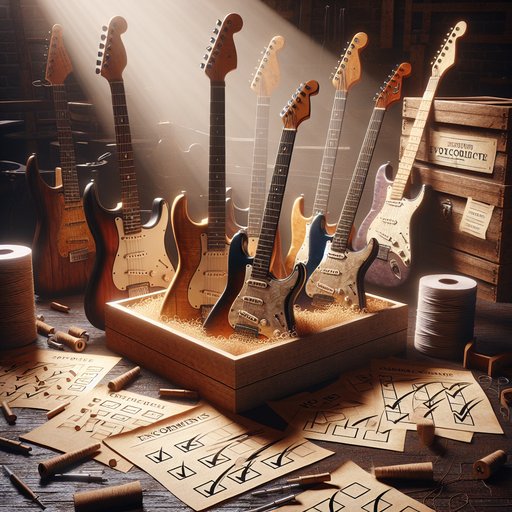
In the Mississippi Delta, where cotton rows met levees and the night carried rhythms from shotgun houses to juke joints, blues music took on the weight of lived experience. Among its most commanding voices was Son House, whose bottleneck slide and booming, sermon-born vocals found a steadfast ally in a metal-bodied National resonator guitar. Built to carry sound over clinking glasses and crowded rooms before amplification was common, the instrument became more than a tool; it was a witness. Through drought and migration, studio doors and field recordings, the guitar’s steel face and spun-aluminum cone turned memory into melody. The story of that partnership reveals how a particular guitar design helped one Delta musician translate hardship into durable art—and how that art, in turn, spoke to the larger promises and failures of American life.

From the Telecaster’s blunt practicality to the Les Paul’s carved elegance, the history of the guitar is a civic story told in wood, wire, and votes cast with hard-earned money. Brands propose ideas, artists stump for them on stages and screens, and audiences reward or reject those platforms in a marketplace that resembles an election. Across decades, endorsements, regulations, and manufacturing choices have steered what players can buy and how music sounds. Examining this landscape reveals not only the ingenuity that built iconic instruments but also the vulnerabilities of a system where popularity, consolidation, and policy can tilt the playing field.

Rock ’n’ roll’s rise traced a jagged line through clubs, airwaves, and festival fields, and few moments crystallized its promise and tension like Jimi Hendrix with a Fender Stratocaster at Woodstock in 1969. The solid-body Strat, born in Leo Fender’s California workshop, met an artist who could turn circuitry and steel into a civic argument. When Hendrix reimagined the Star-Spangled Banner amid feedback and whammy-bar dives, he fused virtuosity with the roar of a nation in flux, and a genre grew up in public. That performance, carried by film and myth, showed how an accessible, mass-produced instrument could become an engine of participation, even as gatekeepers and markets narrowed who got heard. Through Hendrix’s hands and the Strat’s design, rock ’n’ roll announced itself as a people’s music and exposed the pitfalls that follow when a democracy argues with itself at full volume.

The electric guitar did not arrive in a single flash of genius; it emerged from stubborn problem‑solving, noisy workshops, and the courage to be heard above the bandstand. In the early 20th century, as dance halls grew louder, inventors and players wrestled with how to amplify a wooden box without feeding back into chaos. Early breakthroughs by George Beauchamp and the Electro String company set the stage, but it took Les Paul’s radical “Log” and Leo Fender’s production‑minded solid bodies to make the electric guitar practical, reliable, and irresistible. Their instruments turned technical hurdles—feedback, fragile hardware, underpowered pickups—into opportunities for new sounds and new ways of playing, ultimately reshaping popular music and the business around it.



































































